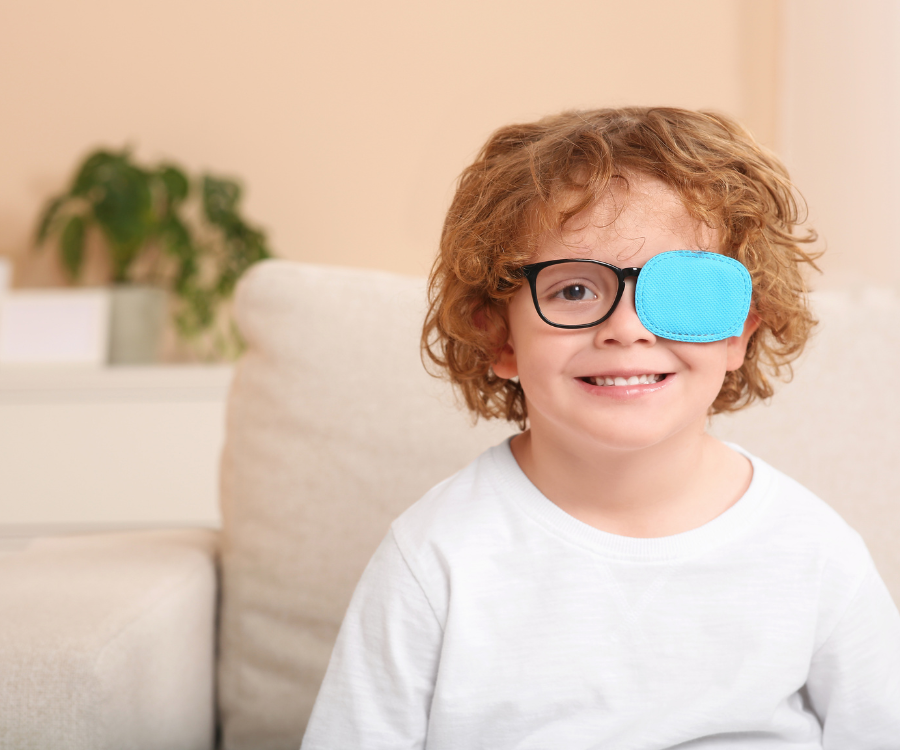Living with a Lazy Eye and Breaking Stereotypes
Introduction:
Living with a lazy eye, also known as amblyopia, can present unique challenges, but it’s essential to understand that it doesn’t define who you are. In this blog post, we’ll explore what a lazy eye is, the misconceptions surrounding it, and how individuals can navigate life with confidence and self-acceptance.
Understanding Lazy Eye (Amblyopia):
- What is a Lazy Eye? Amblyopia occurs when one eye doesn’t develop properly, leading to reduced vision in that eye. This can happen due to factors such as strabismus (crossed eyes), a significant difference in refractive errors between the eyes, or other eye conditions during childhood.
- Early Detection and Treatment: Early detection and intervention are crucial for addressing a lazy eye. Treatment often involves corrective measures like eyeglasses, eye patches, or in some cases, surgery. The goal is to encourage the weaker eye to develop properly and work together with the stronger eye.
Challenging Misconceptions:
- It’s Not Always Noticeable: Contrary to common belief, a lazy eye might not always be visibly apparent. The condition can manifest in various ways, and not everyone with amblyopia experiences a noticeable misalignment of the eyes.
- Not Just a Childhood Issue: While lazy eye is often associated with childhood, it can persist into adulthood. However, treatment options may differ, and it’s never too late to seek professional advice for managing the condition.
Living with Confidence:
- Self-Acceptance: Embracing your uniqueness is the first step towards living confidently with a lazy eye. Recognize that your worth goes beyond physical appearance, and everyone has unique qualities that make them special.
- Communication is Key: Educate those around you about lazy eye to dispel misconceptions. Encourage open conversations, and don’t hesitate to share your experiences. Increased awareness fosters understanding and acceptance.
- Eye Care Routine: Consistent eye care is essential. Follow any prescribed treatment plans, use corrective lenses as recommended, and attend regular eye check-ups. Managing your eye health actively contributes to your overall well-being.
- Support Networks: Connect with others who may share similar experiences. Online communities and support groups can provide a sense of camaraderie and offer valuable insights into navigating life with a lazy eye.
- Professional Guidance: Seek guidance from eye care professionals who specialize in amblyopia. They can provide personalized advice, recommend suitable treatments, and address any concerns you may have about your eye health.
Conclusion:
Living with a lazy eye is a unique journey that, with self-acceptance and proper care, can be empowering. By challenging misconceptions, fostering awareness, and prioritizing your eye health, you can navigate life with confidence and resilience. Remember, your value extends far beyond the physical, and embracing your individuality is a powerful step towards a fulfilling and meaningful life.

